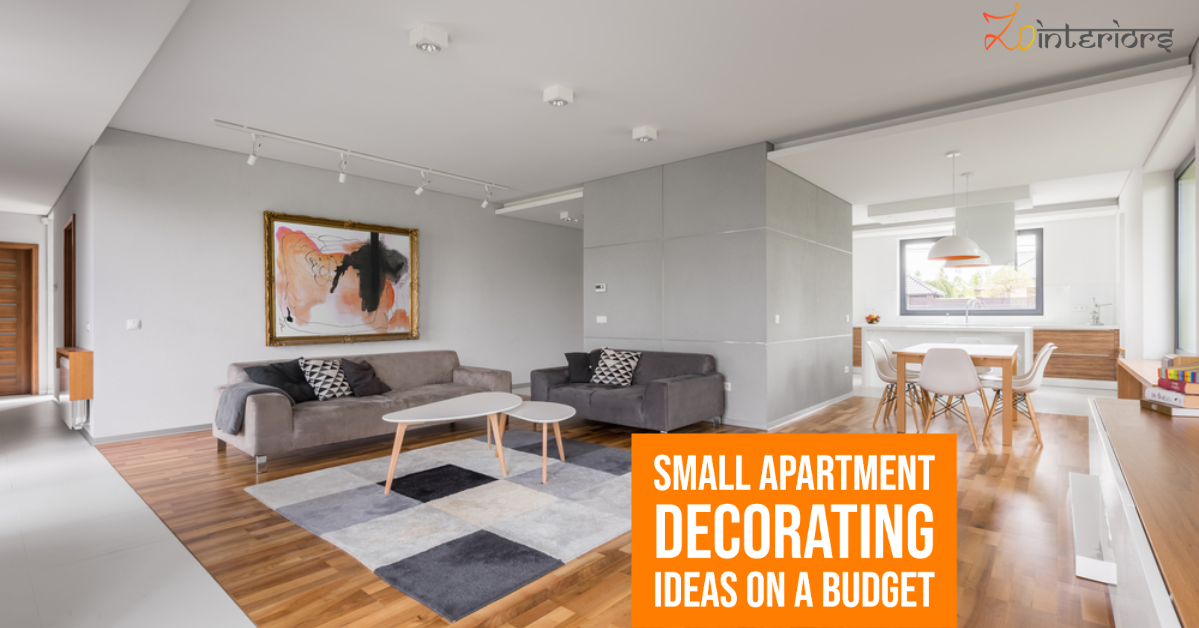How do I choose an interior colour palette?
Colour is the visual language which is a medium of communication in interior design. Colour palette plays a vital role in defining the interiors of a home. The primary thought about colours takes most of us into painting the walls of our home. However, it has a lot more to do than simply being displayed at the walls. Your furniture, upholstery, light, and many other things collectively reflect the overall colour quantity of your interiors.
The colour psychology creates a substantial impact on your mind through the room’s atmosphere, so select the colour palette carefully when starting your interior design. Here are a few essential facts to know that can help you decide your colour palette.
Consider lighting: Lighting creates a significant impact on the colour of a room. Colour is a reflection of light, so the amount of light space has will cause a substantial effect on the colour palette. See for yourself how the natural light or light from recessed fixtures shapes your paint, fabric, furniture, accessories and other interior elements. The perfect colour palette on the space is more about having a balanced lighting setup in your interior.
Decorate vertically from dark to light: The cookbook of colour has a recipe that says that any space looks good without much risk. It uses the darker colour for the floor and medium colour for the walls and finally extending it to the ceiling with a lighter shade. Interior decorators in Delhi suggests that the interior space must also replicate the outer world. The exterior environment will have darker hues on the ground, medium on the buildings and trees, and finally the lighter shade on the sky.
Take inspiration from your clothes: We generally buy clothes to look and feel good. Similarly, if you want your interiors to look interesting then try some flattering shades. Just like your denim, you can dress up your couch in the navy shade and pair with cushions in lighter colours like baby pink and beige.
Follow the rule of 60-30-10: The rule of 60-30-10 is an important concept in interior design. When decorating any of the rooms divide the colours into three categories. The 60 per cent will be the dominant colour in the walls, 30 per cent will be the secondary colours used in upholstery and drapes. The remaining 10 per cent will be the accent colour used in the accessories. This ratio helps to maintain a harmony of colour in the space so that there is enough interest to pop up.
Pop up the small space: If your room has a small corner, then don’t paint it white to look spacious. Instead, try to have some fun in your interiors by picking up a dark shade for the wall that kind of gives a look-at-me feel. This makes the small space more embracing spot of your home. It helps in adding more depth and character to the small area which would otherwise feel clinical with the muted colours.
The quickest and viable way is to use the proper colour palette in your interiors if you wish to see the changes immediately. With the help of interior designers, you can explore the colour palette that can make your interior inviting and relaxing.




Comments
Post a Comment